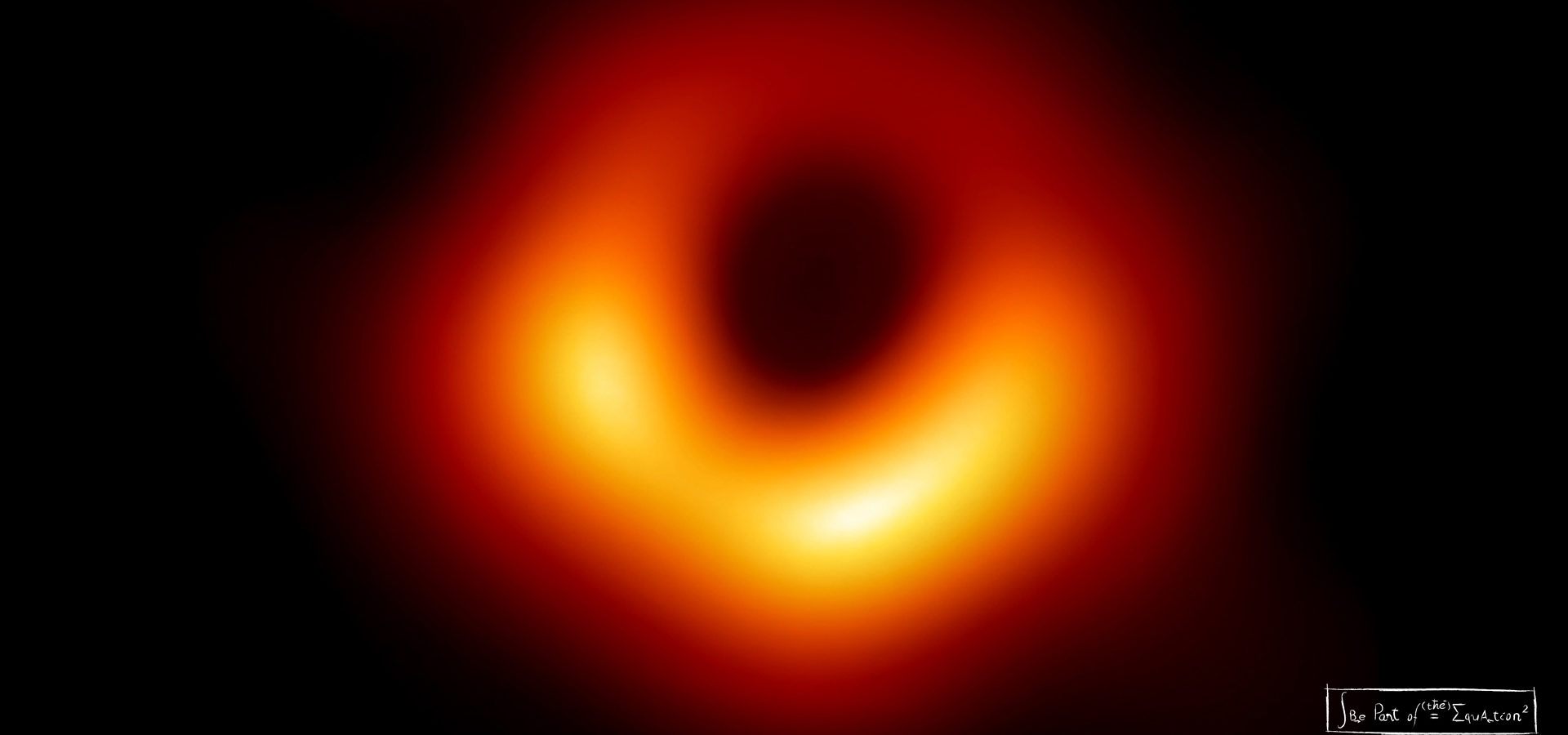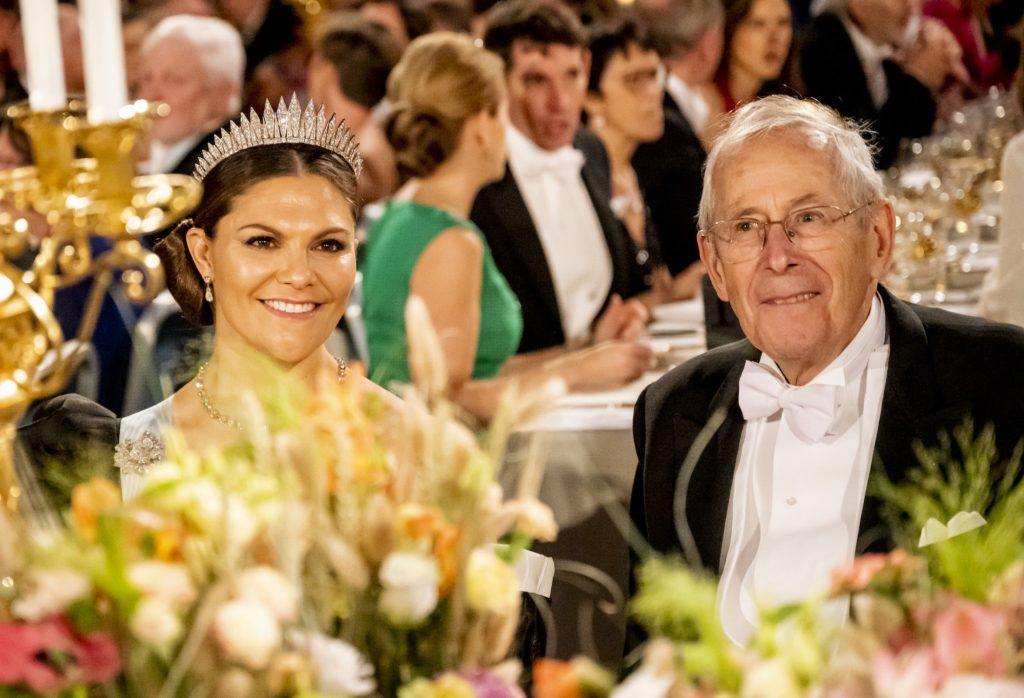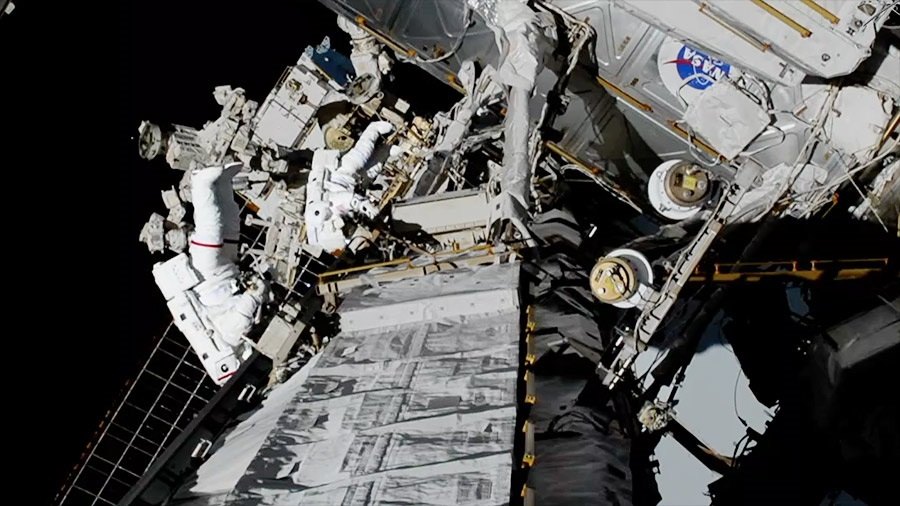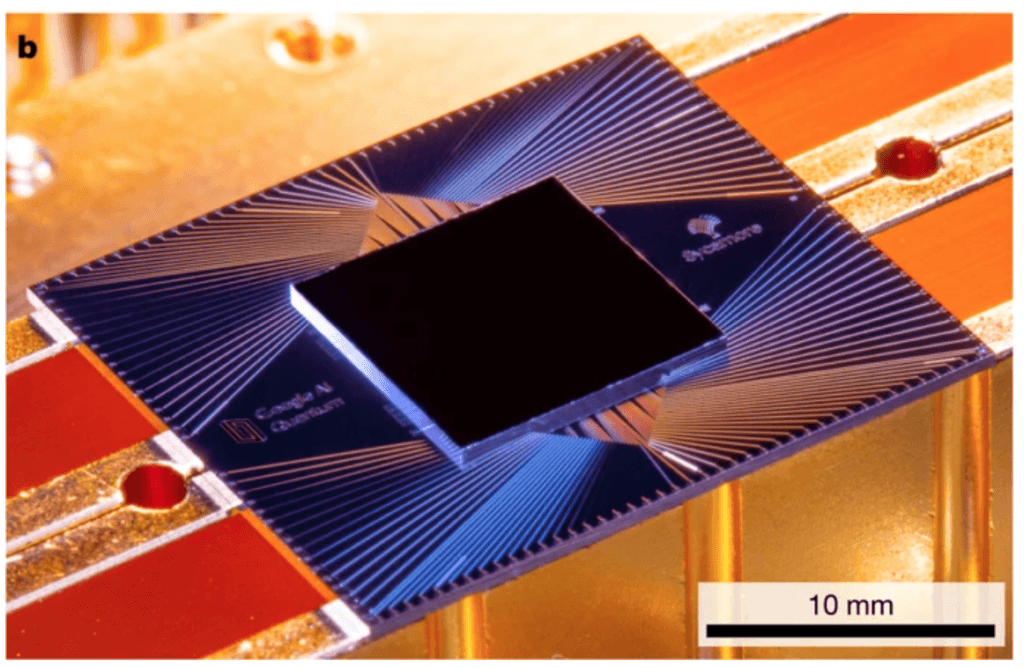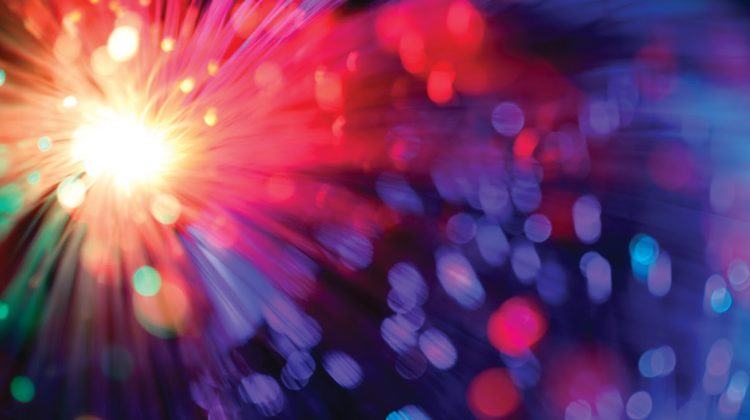Black holes, quantum quibbles, and a climate in breakdown: A science year in review
It’s been another big year in science. From black holes to quantum quandaries, from cats to climate catastrophe, here we gather up some of the most notable (and some notorious) moments from science in 2019.





















































































